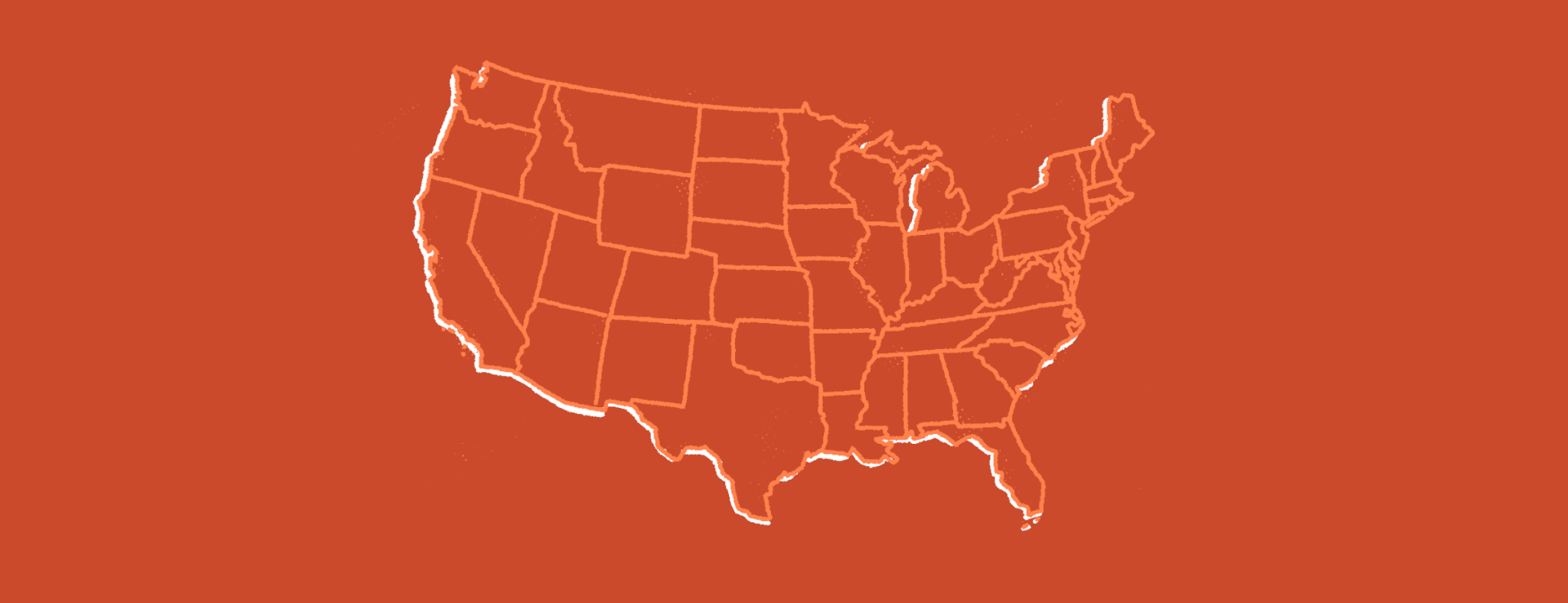Diversity, Equity, and Inclusion (DEI) is about creating a workplace where everyone feels safe and that they belong.
The world around us is incredibly diverse. Our unique differences greatly influence how we experience life, which ultimately shapes our points of view. The beauty of this is that diverse viewpoints improve the overall outcomes for the groups of which they are part. The Harvard Business Review even says, “Working with people who are different from you may challenge your brain to overcome its stale ways of thinking and sharpen its performance.”
Unfortunately, in some cases, differences in circumstances can result in advantages for some and disadvantages for others. That’s where diversity, equity, and inclusion (DEI) work comes in.
What do diversity, equity, and inclusion (DEI) mean in the workplace?
Diversity, equity, and inclusion (DEI) work is about creating a space of belonging for everyone. The term sometimes refers specifically to the system of policies and programs intended to promote workplace representation of people of varying backgrounds with race, gender, religion, sexual orientation, age, and disability often being areas of primary focus for many companies.
Here’s how we define each component of DEI in our DEI training.
Diversity
Diversity is a state of variety achieved when we set out to involve people who are different from one another. We often see “diversity” used to describe racial diversity, but it includes the full spectrum of human differences, ideas, backgrounds, and opinions. It’s also worth noting that groups are diverse; individuals are not diverse. You can’t interview a “diverse candidate,” but you can interview a “diverse pool of candidates,” meaning the group of people is different from one another.
Equity
Equity is fair treatment for everyone, which includes doing the work to identify and eliminate unjust obstacles or barriers.
Equity is different from equality. Equality is the same treatment for everyone, regardless of circumstances. Equity takes into account factors such as systemic bias and adjusts for those factors. An equal workplace might be one that offers everyone the opportunity to join a management training program on the weekends. An equitable one provides the same opportunity during the workday, so as to allow people with children or caregivers, people with multiple jobs, or people who may commute from far away to more easily attend. Equity recognizes that not everyone has the same privileges.
Inclusion
Inclusion is the feeling of belonging as your unique self, living at the specific intersection of identities you embody. An inclusive workplace is one in which everyone feels valued, respected, heard, and able to bring as much of their authentic selves as they would like to their work. Everything—from respecting people’s pronouns to choosing non-ableist team activities—contributes to creating an inclusive environment.
Why promote diversity and inclusion in the workplace?
While most people agree that diversity and inclusion are simply part of any healthy workplace, they also just make good business sense. Research shows that diversity positively impacts the bottom line. Here are a few other notable benefits:
- Increased talent pool. Discrimination and unconscious bias in recruitment can unfairly exclude qualified talent. When businesses prioritize DEI work and actively employ an inclusive hiring process, they're more likely to attract top talent. Glassdoor reported that 76% of job seekers say that a diverse workforce is an important factor when evaluating companies and job offers.
- Greater employee engagement. DEI work seeks to root out bias, and bias erodes trust and engagement. According to a study by the Society for Human Resource Management (SHRM), 45% of employees who experience workplace racial bias say they put less effort into their jobs as a result, and 35% say they took longer to complete their work than they could have (which honestly we think is pretty understandable).
- Greater innovation. A homogenous staff—where everyone is of the same gender, race, or age, and went to the same three universities—may share similar worldviews and have similar approaches to problem-solving. But when employees come from different backgrounds and have diverse life experiences, they bring new perspectives and fresh ideas to the table—leading to innovation. A study published by Economic Geography showed that businesses with diverse leadership were more likely to develop new products than those with non-diverse leadership.
Perhaps this goes without saying—but perhaps the strongest case for promoting diversity and inclusion is the ethical one: Caring about each other, as humans, is just the right thing to do.
7 Ways to promote diversity in the workplace
There’s much more to successful DEI practices than simply filling positions with hires from diverse backgrounds. After all, a seat at the table is meaningless if it doesn’t come with a real say in the conversation.
DEI work also needs to go beyond the baseline of creating a safe workplace. As Frances Frei pointed out in our 2021 DEI webinar: “We try to really push organizations to get beyond safe, and instead get to welcoming—to embracing someone not just in spite of their difference, but precisely because of it.”
Here are a few tips for promoting diversity and inclusion in your workplace:
- Respect differences when planning holidays and events. When planning company or team events, keep in mind the diverse religious and cultural traditions of your team. While many in the U.S. immediately think of winter holidays, there’s a high likelihood members of any team celebrate at other times of the year as well and may require time off or greater flexibility to observe their traditions (e.g. Rosh Hashanah in September or October for Jewish colleagues).
- Cultivate workplace connections. Leadership can also encourage employee connections by supporting the establishment of Employee Resource Groups (ERGs), which help build community, elevate voices and bring awareness, and more.
- Invest in DEI training: DEI training gives individuals, managers, and leadership a shared foundation to understand, support, and celebrate colleagues with rising identities. By level-setting across the organization through a unified training, you enable DEI conversations to happen earlier and more often in your organization, ideally leading to meaningful change that everyone can get behind.
- Root out bias in your hiring process. The hiring process is often prone to bias and discrimination. Eliminating opportunities for bias in hiring requires a multipronged approach, from writing more inclusive job descriptions to anonymizing resumes to posting on diversity-focused job boards. Investing in hiring and interview training can further equip your team to run an inclusive hiring process.
- Set measurable goals and track success. Set clear, measurable, and internally communicated inclusivity goals so everyone is on the same page. These goals can encompass everything from employment status and tenure to DEI knowledge assessments.
- Enlist a DEI director. If your organization doesn’t already have one, hiring a DEI director can help manage the implementation of these initiatives and hold leadership teams accountable for meeting goals.
- Celebrate successes. DEI strategy is a company-wide effort, so be sure to take time to acknowledge the progress you’ve made as a team. Calling out your wins is a great way to recognize your team's contributions and motivate them to continue the work.
Diversity, equity, and inclusion requires commitment
DEI work is a marathon—not a sprint. It takes a lot of time and company-wide dedication, but it’s worth it to ensure that every employee is valued and respected in the workplace.








